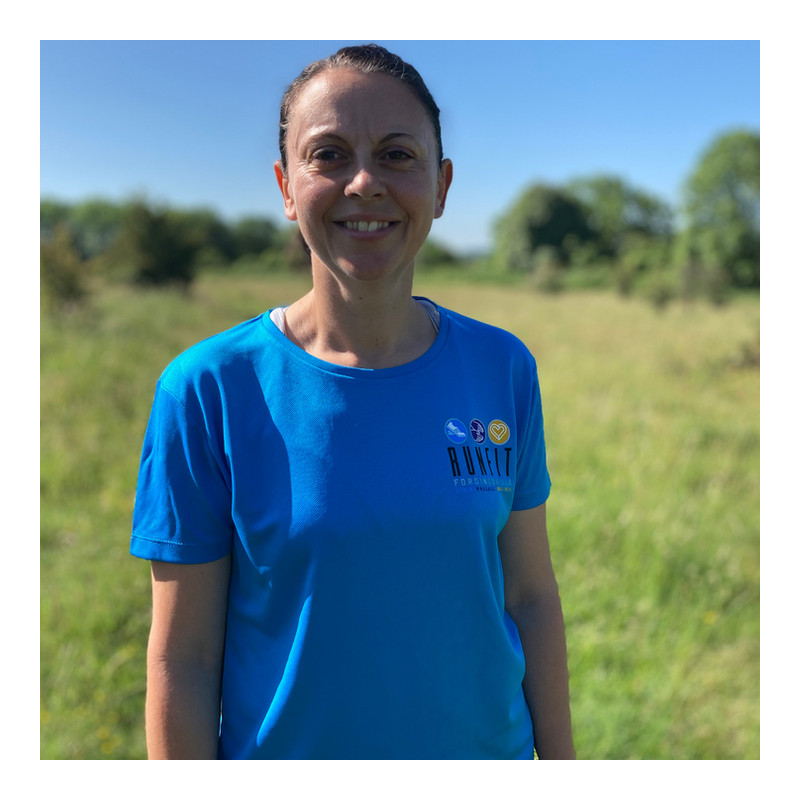Stretch, Strengthen, Support: The Benefits of Yoga, PureStretch & Pilates for Your Body and Mind
- runfitfordingbridge

- Jul 25
- 3 min read
Do you ever feel like your body needs something different—not more intensity, but space, stretch, and a reset?
Movement is more than just pushing harder or faster. It’s about supporting your whole self: physically, mentally, and emotionally. Practices like Yoga, PureStretch, and Pilates can offer gentle yet powerful ways to improve your well being, whether you’re an athlete, desk worker, or somewhere in between.
Here’s how these mindful movement sessions support your body and mind.

Hatha Yoga: Breathe, Move, and Reconnect
Hatha Yoga combines gentle postures, breath work, and mindfulness to help relax the nervous system, improve flexibility, and cultivate mental clarity.
Research shows that Yoga can enhance flexibility and joint mobility, which is especially important for injury prevention and long-term movement health (Field, 2016). Additionally, mindful breathing practices reduce stress and regulate the nervous system, promoting emotional balance (Pascoe et al., 2017).
Hatha Yoga offers:
Improved flexibility and mobility
Enhanced breath awareness and relaxation
Increased strength through controlled, mindful movement
Mental calmness and emotional resilience
No prior flexibility is needed—just a willingness to reconnect with your body and breath.

PureStretch: A Gentle Way to Begin
If you’re new to movement or want a class that combines the benefits of Yoga and Pilates in an accessible way, PureStretch might be ideal.
This style blends mobility, flexibility, and gentle core activation to help release tension and restore ease in the body. Regular stretching and mobility work can improve posture and reduce musculoskeletal discomfort, especially for those who sit for long periods
PureStretch supports:
Increased joint range of motion and muscle elasticity
Relief from stiffness and tension
A gentle, approachable way to move more freely

Pilates: Strength from the Inside Out
Pilates focuses on core strength, postural alignment, and precise movement control, making it highly effective for injury prevention and enhancing physical performance.
Studies indicate that Pilates improves core stability and can reduce lower back pain, contributing to better movement efficiency and resilience. This approach suits those who want to deepen their body awareness and build a strong foundation for all kinds of activity.
Pilates benefits include:
Enhanced core strength and posture
Improved muscular control and alignment
Reduced risk of injury and chronic pain

Why These Practices Matter
Movement is not just about the physical—it influences your mental and emotional well being too. Mindful movement practices like Yoga, PureStretch, and Pilates help manage stress, restore balance, and build long-term resilience.
Research confirms that such practices contribute to improved mood, reduced anxiety, and greater overall quality of life (Ross & Thomas, 2010; Cramer et al., 2013). Whether you’re returning to exercise, managing everyday tension, or simply want to feel more at ease in your body, these sessions offer a supportive space to show up as you are.
References
Cramer, H., Lauche, R., Langhorst, J. & Dobos, G. (2013) ‘Yoga for depression: a systematic review and meta-analysis’, Depression and Anxiety, 30(11), pp. 1068–1083. https://doi.org/10.1002/da.22166
Field, T. (2016) ‘Yoga research review’, Complementary Therapies in Clinical Practice, 24, pp. 145–161. https://doi.org/10.1016/j.ctcp.2016.06.005
Pascoe, M.C., Thompson, D.R., Jenkins, Z.M. & Ski, C.F. (2017) ‘Mindfulness mediates the physiological markers of stress: Systematic review and meta-analysis’, Journal of Psychiatric Research, 95, pp. 156–178. https://doi.org/10.1016/j.jpsychires.2017.08.004
Ross, A. & Thomas, S. (2010) ‘The health benefits of yoga and exercise: a review of comparison studies’, Journal of Alternative and Complementary Medicine, 16(1), pp. 3–12. https://doi.org/10.1089/acm.2009.0044




Comments